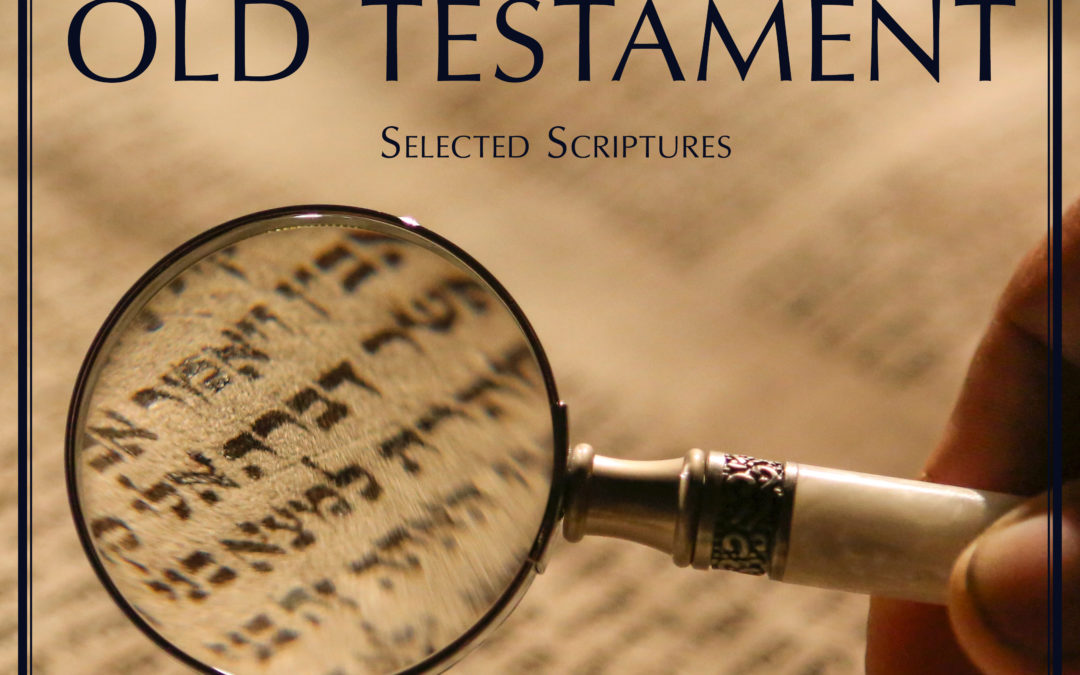
An Aerial View of the Old Testament, Part 1
Christians must understand that there is a particular order and purpose that is woven throughout the narrative of the Old Testament.

Christians must understand that there is a particular order and purpose that is woven throughout the narrative of the Old Testament.

Both Genesis and Exodus lay the framework for what transpires throughout the remainder of the Old Testament.

God gave the nation of Israel the sacrificial system in order to highlight their sin and their need to atone for their transgressions against Him.

There were two tragic sins that characterized the time period of the judges: intermarriage and idolatry.

The book of 1 Samuel records the establishment of Israel’s monarchy and the rise of the prophetic office.

The united monarchy exposes that mankind needs a centralized ruler who is righteous and who will reign with justice. Someday that will come because God has made a promise to David that his dynasty will be an eternal dynasty, because his greatest Son will rule forever.

God had determined that the nation of Israel would be divided. How did He accomplish that? He did it through the sin of Solomon’s son, Rehoboam.

The people that God had promised to make His own treasured possession are now in exile, out of their land, under the rule of pagan leaders.

During the period of the 70-year exile there were two prophets who ministered to God’s people in Babylon: Daniel and Ezekiel.

The period of restoration consists of three returns: the people return to rebuild the temple under Zerubbabel; they return to purify the worship of God under Ezra; and they return to rebuild and refortify the city of Jerusalem under Nehemiah.

God and His glory and His kingdom and His rule are all part of the Old Testament story line. Therefore, all Christians must be disciplined to frequently read from it.

Christ and His atonement for sin and the basic gospel of justification by faith alone, are at the heart of Old Testament revelation.
Recent Comments